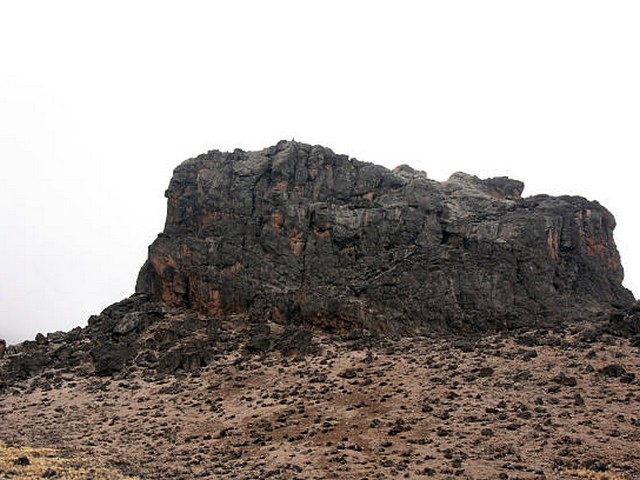How To Capture Wildlife Photography Near Kilimanjaro
Welcome to the majestic world of Mount Kilimanjaro, the crown jewel of Tanzania and a paradise for wildlife photographers. Whether you’re an amateur shutterbug or a seasoned professional, Kilimanjaro offers a symphony of breathtaking landscapes and wildlife spectacles. In this comprehensive guide, we, at Kilimanjaro Centre For Trekking and Ecotourism (KCTE), will share essential tips on how to capture the perfect wildlife photographs near this iconic mountain. Ready your lenses, as we take you through a journey of visual storytelling in the wild!
Understanding the Terrain and Wildlife of Kilimanjaro
Before you snap away, it’s crucial to familiarize yourself with the environment and the diverse species inhabiting the areas around Kilimanjaro. The national park is home to a rich variety of wildlife, including elephants, leopards, buffaloes, and an impressive array of bird species. Each zone of the mountain, from the rainforest belt at the base to the alpine meadows and the arctic summit, offers unique flora and fauna, creating splendid opportunities for diverse wildlife photography.
Best Times for Wildlife Photography
Timing is everything in wildlife photography. The golden hours of early morning and late afternoon are not only the best times for soft, natural lighting but also when animals are most active. Plan your shoots during these hours to maximize your chances of capturing compelling wildlife shots.
Gear Up for the Adventure
Choosing the right equipment is pivotal. Here’s what you should consider packing:
Cameras and Lenses
- DSLR or Mirrorless Cameras: These are preferred for their versatility and high-quality image output.
- Telephoto Lens: Essential for close-ups of wildlife without disturbing them. A lens with at least 200mm focal length is advisable, but for optimum flexibility, consider a 100-400mm zoom.
- Wide Angle Lens: Perfect for capturing expansive landscapes or animals against the stunning backdrop of Kilimanjaro.
Supporting Gear
- Tripod: Helps stabilize your shots, especially in low light conditions.
- Camera Bag: Waterproof and dustproof to protect your gear from the elements.
- Extra Batteries and Memory Cards: Always useful when you’re out in the field for long hours.
Techniques for Captivating Wildlife Shots
Patience and Persistence
Wildlife photography requires waiting for the perfect moment. Sometimes, this means sitting quietly for hours. Patience can reward you with that spectacular, once-in-a-lifetime shot.
Understanding Animal Behavior
Knowledge of your subject’s behavior helps in anticipating what might happen next. Reading about the wildlife of Kilimanjaro or talking to our experienced guides at KCTE can provide insights into the best spots and times to capture various animals.
Composition and Framing
Use the rule of thirds to create interesting compositions. Placing the subject off-center often makes the images more engaging. Also, try to capture the animal’s eyes as they convey emotion and bring life to your photos.
Ethical Wildlife Photography
As you venture into wildlife photography, it’s paramount to respect the natural habitat and the well-being of animals. Maintain a safe distance, use your zoom lens, and never attempt to manipulate the animal’s behavior for a shot. Our commitment at KCTE is not only to provide an unforgettable experience but also to preserve the beauty and integrity of Kilimanjaro’s ecosystem.
Join Us at Kilimanjaro Centre For Trekking and Ecotourism (KCTE)
Ready to embark on your photographic expedition? At KCTE, we offer tailored trekking and wildlife photography tours guided by local experts who share your passion and respect for nature. Our tours are designed to enhance your photography skills while ensuring you have a memorable and ethically responsible adventure.
Why Choose KCTE?
- Expert Guides: Our guides are knowledgeable about wildlife and photography, offering tips tailored to capturing the best shots.
- Customizable Itineraries: Whether you’re here for the wildlife, landscapes, or the summit, we can tailor your itinerary to suit your photography goals.
- Sustainable Practices: We are committed to conservation and community upliftment, ensuring that tourism benefits both nature and local people.
Frequently Asked Questions
Q1: What is the best season to visit Kilimanjaro for wildlife photography?
A1: The best times are during the dry seasons from late June to October and from January to February when wildlife viewing is optimal.
Q2: Do I need a permit for photography in Kilimanjaro National Park?
A2: Yes, a permit is required for photography in the national park. Our team at KCTE can assist in obtaining all necessary permits.
Q3: Can beginners join the photography tours?
A3: Absolutely! Our tours cater to all skill levels, and we provide guidance that helps even beginners capture stunning photographs.
Call to Action
Don’t miss the opportunity to capture the awe-inspiring beauty of Kilimanjaro and its wildlife. Book your next adventure with Kilimanjaro Centre For Trekking and Ecotourism (KCTE), and let us help you turn your wildlife photography dreams into vivid realities. Visit our website to learn more about our tours and reserve your spot today. Capture the wild in its purest form with KCTE – where every snapshot is an epic story waiting to be told!
Embrace your passion for wildlife photography and join us on a journey that transcends ordinary travel. Let Kilimanjaro be your muse, the wild animals your subjects, and KCTE your guide to the extraordinary. See you at the summit!




